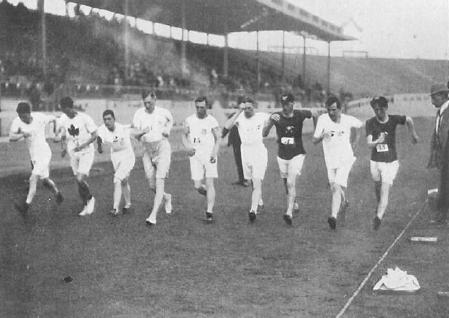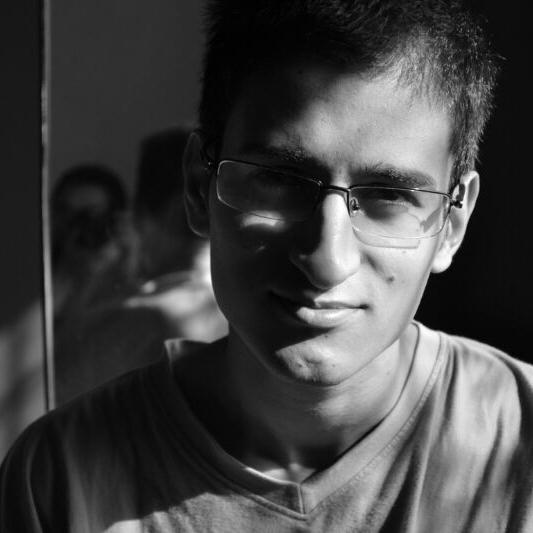From Egypt to Rio - Tracing the steps of racewalking
When I told a friend that I was planning to write an article about race walking, not only did it take him a second to realize what the sport is but he went on to call it the race with the funny walk.

Even though it is the longest event (both in distance covered and time
But it wasn't always like this. While some suggest that the sport originated in ancient Egypt in somewhere around 2500 BC, written accounts date racewalking back at least 400 years when it became popular in England. Sir Robert Carey, a nobleman by birth, bet that he would walk a distance of 300 miles without stopping. According to historic records, not only did Sir Robert complete the task in 1589, he went on to complete 2000 miles in just 41 days 19 years later. While it wasn't the same sport that we know today, "Pedestrians" were held in high regard all across Europe as players traveled all across the continent in order to get recognition.
As the number of pedestrians increased, people started paying attention to the sport and began betting on the result of pedestrian attempts. A century after Sir Robert's walk, Captain Robert Barclay's challenge of covering 1,000 miles in 1,000 hours resulted in 100,000 people betting on the effort. When the bookmakers realized that the general public's interest in the sport was at an all-time high, it didn't take them long to pit walkers against one another. However, it wasn't the Noblemen who were slugging it out against everyone. The elite class picked their own walkers and challenged others to a head-to-head clash that intrigued the masses.

 © Getty Images
© Getty ImagesAt the start of the 19th century, race walking was considered to be as popular as horse racing. The one major advantage that racewalking held over horse racing was that the events, at least in those times, were held over a period of days. At the start of the new century and the reintroduction of the Olympic games, the popularity of race walking started declining. However, after the first two editions of the modern Games, racewalking was introduced in the 1904 Paris Games. But it wasn't added as a separate event, rather as part of the decathlon event where the contestants had to walk for 880 meters. That all changed when London was given the chance to host the 1908 Games - the organizers decided it was time to add racewalking to the competition with a 10-mile walk.

 © Getty Images
© Getty ImagesAfter two heats that saw eight different nations compete for a place at the top step of the podium. However, the finals saw just two nations, Great Britain and Australasia (Australia and New Zealand), competing. The Brits picked up all the medals in the event but were given a tough fight in the 3500m walk. Geroge Larner and

 © Getty Images
© Getty ImagesThe sport was dominated by the Europeans for the longest time and they started bringing the timings down at the events after the second world war. A surprise country rose
On the national front, Hakam Singh won the gold for India at the 1978 Thai Asian Games in
The Max Bupa National racewalking Championship will take place in New Delhi on 18-19 February.
This article was produced on behalf of Max Bupa Walk for health by the SportsCafe.in marketing team and not by the SportsCafe.in editorial staff.

Comments
Sign up or log in to your account to leave comments and reactions
0 Comments